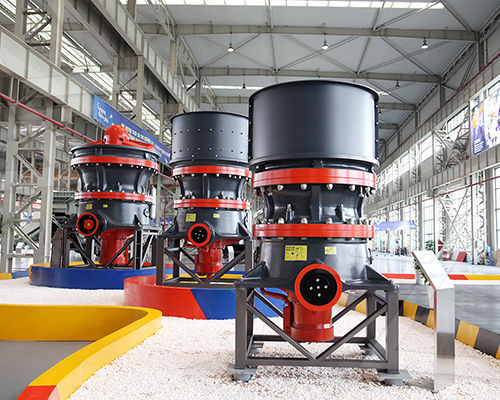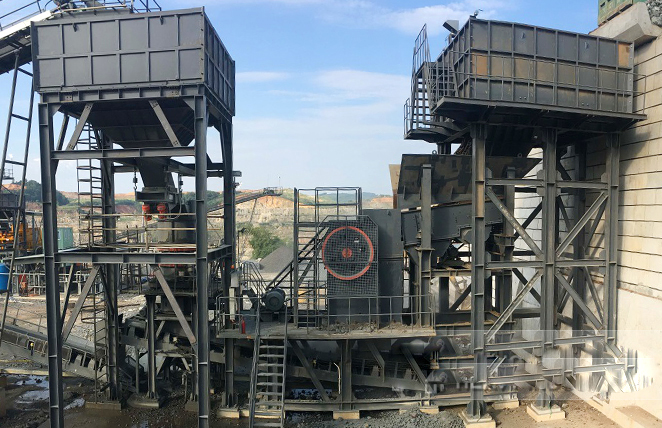An alumina lining ball mill is a type of grinding equipment lined with alumina (aluminum oxide, Al₂O₃) ceramics to enhance wear resistance, corrosion resistance, and grinding efficiency. These mills are widely used in industries requiring contamination-free milling, such as ceramics, paints, chemicals, and pharmaceuticals.
Key Features of Alumina Lining Ball Mill:
1. Wear Resistance – Alumina linings are highly durable and reduce wear compared to steel liners.
2. Corrosion Resistance – Suitable for wet or dry grinding of acidic or alkaline materials.
3. Contamination-Free Grinding – Ideal for industries where metal contamination must be avoided (e.g., electronics, pharmaceuticals).
4. High Hardness – Alumina (Mohs hardness ~9) ensures long-lasting performance.
5. Thermal Stability – Resistant to high temperatures, making it suitable for high-heat processes.
 Applications:
Applications:
– Ceramic industry (glazes, frits)
– Paints & coatings
– Pharmaceuticals
– Battery materials (Li-ion cathode/anode)
– Advanced ceramics (zirconia, silicon carbide)
– Pigments & dyes
Types of Alumina Linings:
1. Alumina Bricks/Liners – Pre-shaped blocks bolted or glued inside the mill.
2. Alumina Rubber Composite Liners – Combines rubber flexibility with alumina wear resistance.
3. Alumina Pebbles/Balls as Grinding Media – Used for ultra-fine grinding without contamination.
 Advantages Over Steel Liners:
Advantages Over Steel Liners:
– Longer lifespan in abrasive environments.
– No metallic impurities in the final product.
– Lower maintenance costs over time.
Considerations When Using Alumina Lining:
– Higher initial cost compared to steel liners.
– Brittleness requires careful handling during installation.
– Best suited for fine grinding rather than heavy-impact crushing.
Would you like recommendations on suppliers or specific alumina lining configurations for your application?




